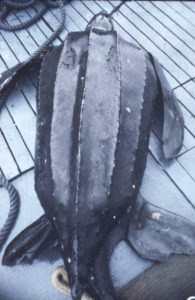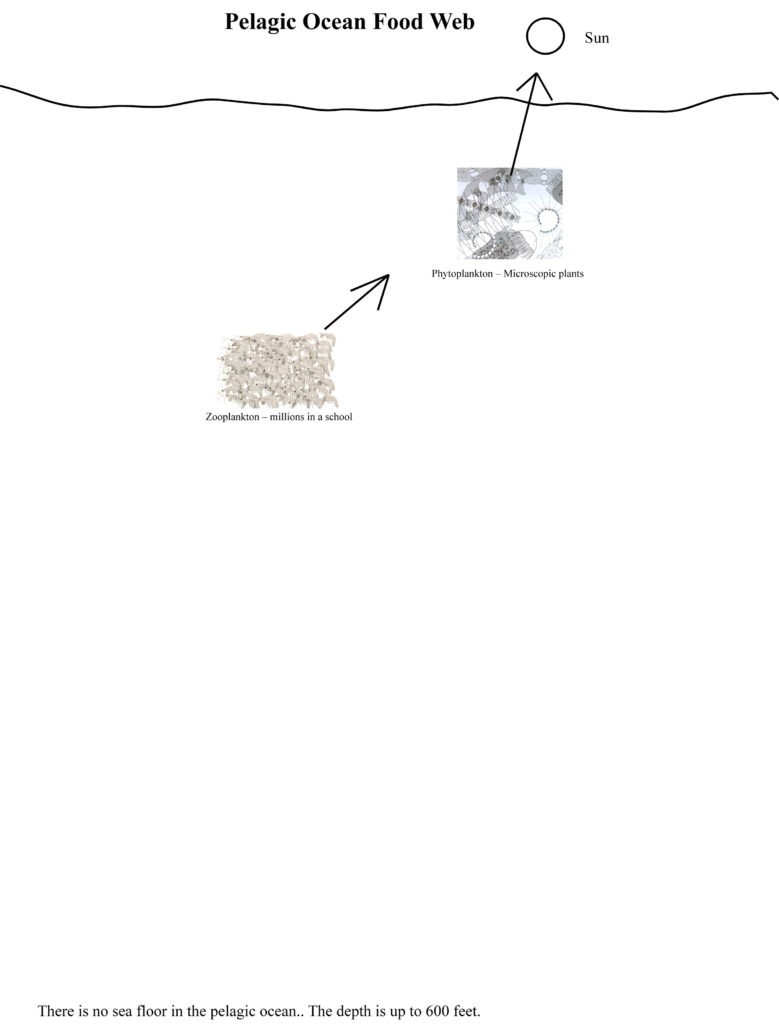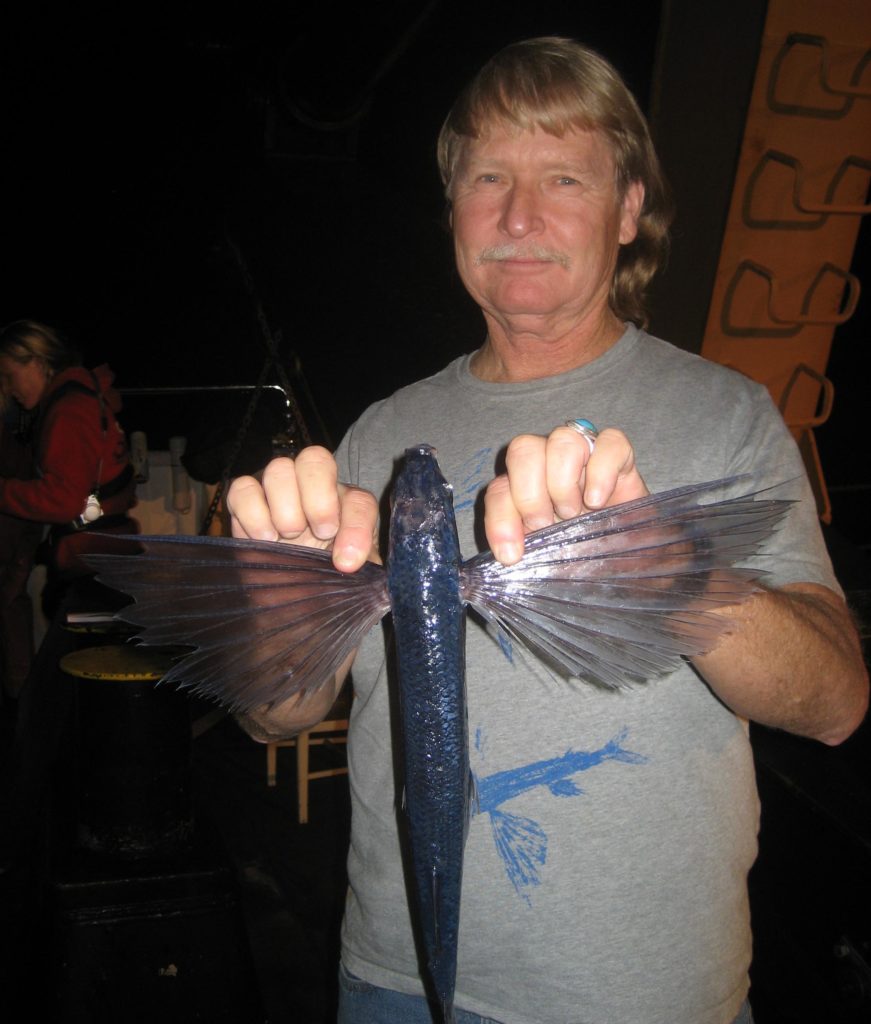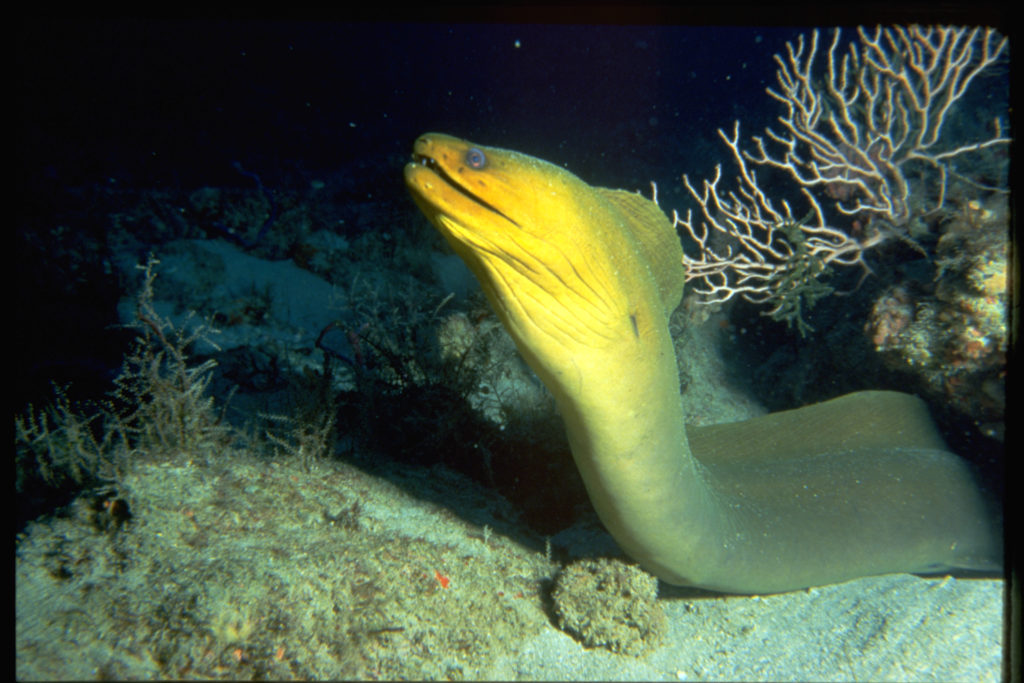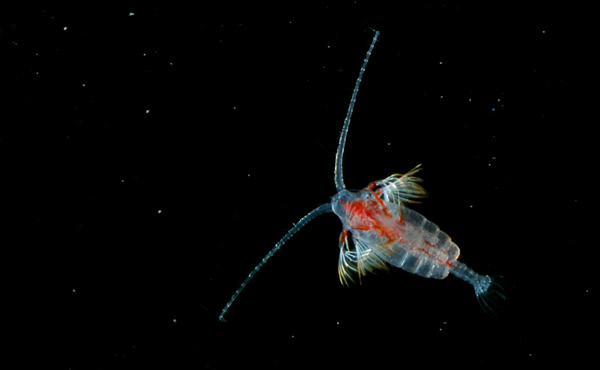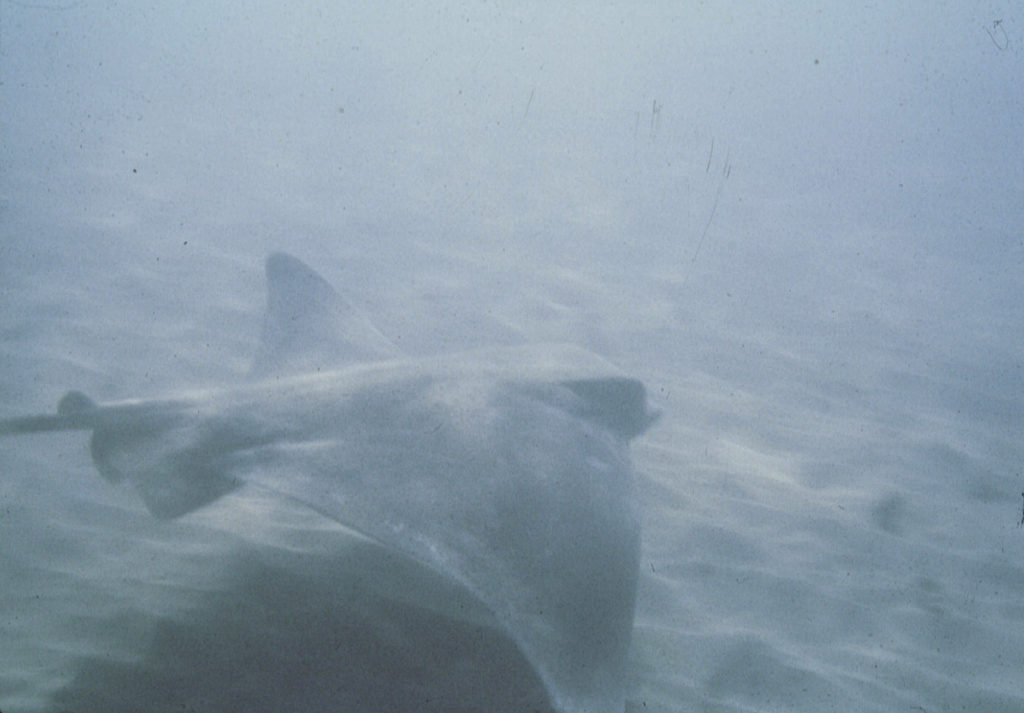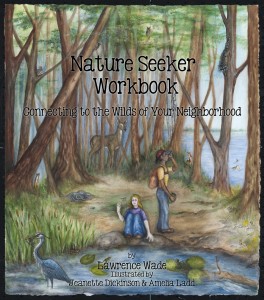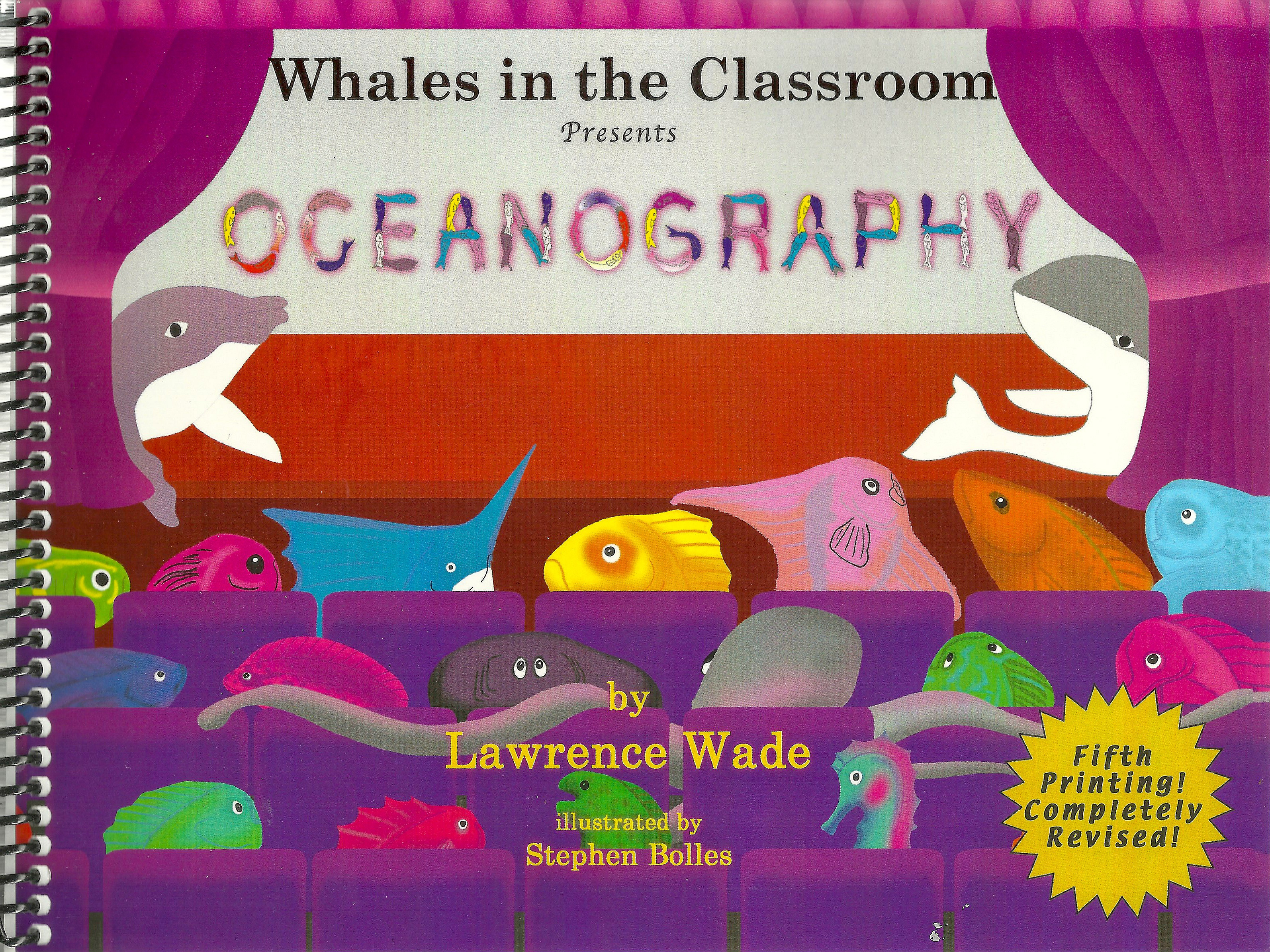This video is from the Sea of Cortez, Baja California and was shared by Diane Kaplan, Jen and Jordan Ganley.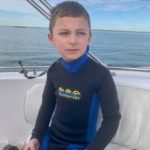
“I felt excited to swim with the whale shark. It was humongous and I thought was it going to suck me up.” Jordan Ganley, 7 years old.
“All my fears disappeared when I saw how gentle the creature was. The animal was so HUGE under the water.” Jen Ganley.
“You had to swim on the side of the whale and keep up with it because you didn’t want to go near its tail or it could slam you with it. My entire body felt this intense calmness and excitement all at once. The whale shark was so powerful and calm. The whale shark was on some level connecting with you. It allowed me to share its presence like I was another fish. It touched me deeply and I felt at ease with it.” Diane Kaplan
Welcome to Oceanography School! We are taking a vacation from our regular Nature School and going to the ocean for the next two weeks. I’ve decided to provide these activities because I love the oceans and I worked at sea for seven years as a biologist. Almost 25 years ago, Stephen Bolles and I teamed up to write: Whales in the Classroom – Oceanography. Grab your snorkel and let’s go explore!
Many thanks to Stephen Bolles for sharing his illustrations. Cindy Eyden and Mark Storck have offered their naturalist viewpoints to improve all nine posts. Many thanks to Shane & Geni Anderson, Jen and Jordan Ganley, and Diane Kaplan for sharing video, photo and text. Special thanks to Janine Pung for her suggestions on how to improve the text.
What’s happening this week:
1. Creatures of the Pelagic Ocean
2. Pelagic Ocean Food Web
3. Earth Guardian
4. Features of the Ocean Floor
5. Art and the Oceans with Karen Anderson
6. Meet a Marine Biologist
7. Before You Go
1. Creatures of the Pelagic Ocean
What to do:
a. In this activity, you will view the program on animals of the pelagic ocean and then use the activity sheet to answer questions about each animal.
b. Click here to view the program on Pelagic Ocean Community
c. Download the Creatures of the Pelagic Ocean student worksheet
Click here for the PDF.
2. Pelagic Ocean Food Web
In this activity, you will be learning about the creatures of the pelagic ocean and you will be creating a pelagic ocean food web. The pelagic ocean is in the open ocean and is up to 600 feet deep. A food web illustrates the interconnections between creatures. The focus for this activity is two-fold:
1. Predator and prey.
2. How do creatures survive in the pelagic ocean?
What to do:
1. You will need to download the “Critter Page” and the “Pelagic Ocean Food Web” page.
a. To download and print the “Critter Page,” click here (see illustration below).
b. To download and print the “Pelagic Ocean Food Web” click here (see below).
2. Cut out the animals from the Critter Page that you have printed.
a.. Place the critters on your printed Food Web page near their food source (see below).
b. Write the name of the animal and one or two words next to the animal that describes how they survive in the pelagic ocean (use the information from the Critter page).
c. Draw an arrow from the animal to its food source (see Food Web examples).
d. Put your completed food web in your nature notebook.
e. Answer this question in your nature notebook: How would humans fit into this food web?
Critter Page Illustrations by Stephen Bolles
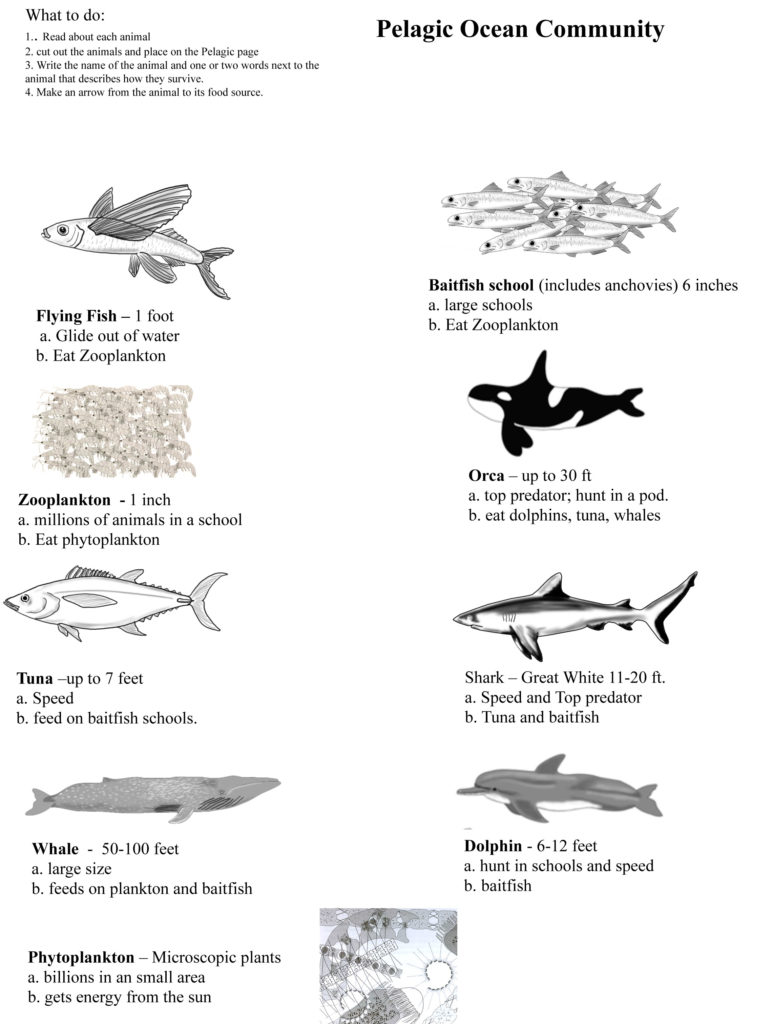
Pelagic Ocean Food Web Page (showing two examples)
4. Earth Guardian
An Earth Guardian is someone who cares about the Earth and tries help the Earth and not destroy it.
In the previous activity, you learned about food webs and the interconnections of life.
a. Read the passage below.
b. Answer the following question in your nature notebook: What is this passage saying about the way humans treat the Earth?

4. Features of the Ocean Floor
illustrations by Stephen Bolles
There are mountain ranges, trenches, and steep cliffs on the ocean floor. You are going to be exploring all of that in this activity.
What to do:
1. There are two pages to download. To print both pages, click here. Put the pages in your nature notebook.
2. Read the information and write the name of the ocean floor feature in the correct box.
3. Write the depth of the continental shelf, abyssal plain and ocean trench on your paper.
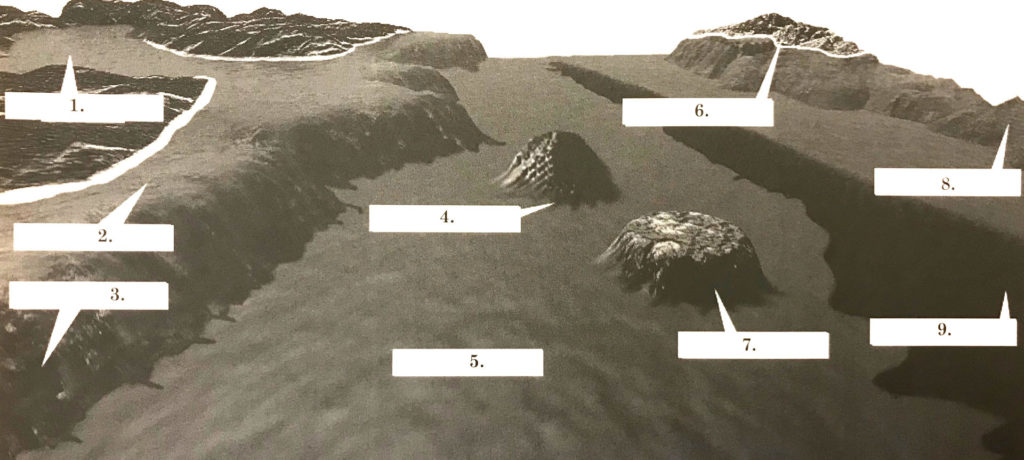
Answers for the activity: 1. Estuary 2. Continental Shelf 3. Continental Slope 4. Seamount 5 Abyssal Plain 6. Island 7. Guyot 8. Mid ocean Ridge 9. Ocean Trench
5. Art and the Ocean with Karen Anderson
Our artist in residence, Karen Anderson, continues our drawing lessons for the 9th straight week. This week she shows you how to draw a shark.
What to do:
a. Practice the shark drawing in your nature notebook by using Karen’s handout, “Shark.”
c. Do you want to finish your shark drawing? Karen finished her drawing in watercolors (see below).
b. To download and print, “Shark” (shown below), click here.
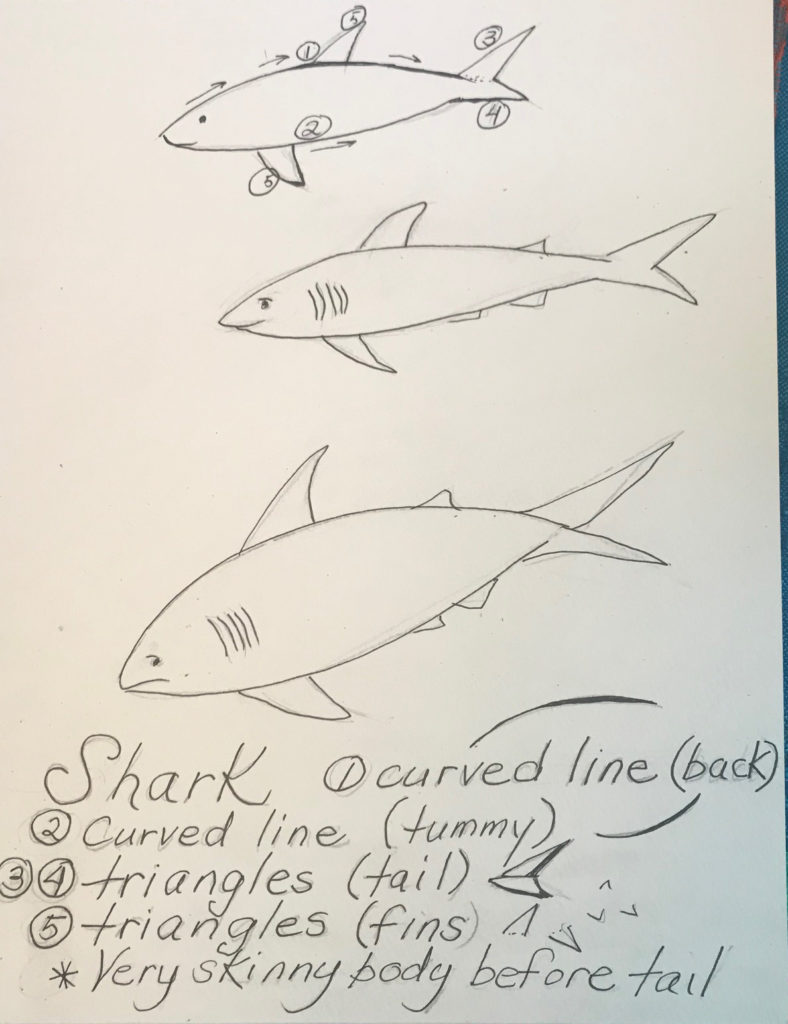
6. Meet a Marine Biologist – Jim Cotton
 I worked at sea for thirty-five years. I have been in every ocean on Earth studying marine life. My main focus of research was seabirds and whales. Another interest of mine was flying fish. I was drawn to them because there was so little known about them. Many species had never been identified. There is still work to be done, but so far, about 60 species of flying fish have been identified in the world. In the evening, the ship would stop to take oceanographic samples. The flying fish were attracted to the ship by the lights and we used a net with a 2o foot long pole to catch them ( photo above).
I worked at sea for thirty-five years. I have been in every ocean on Earth studying marine life. My main focus of research was seabirds and whales. Another interest of mine was flying fish. I was drawn to them because there was so little known about them. Many species had never been identified. There is still work to be done, but so far, about 60 species of flying fish have been identified in the world. In the evening, the ship would stop to take oceanographic samples. The flying fish were attracted to the ship by the lights and we used a net with a 2o foot long pole to catch them ( photo above).
Jim Cotton
7. Before You Go

